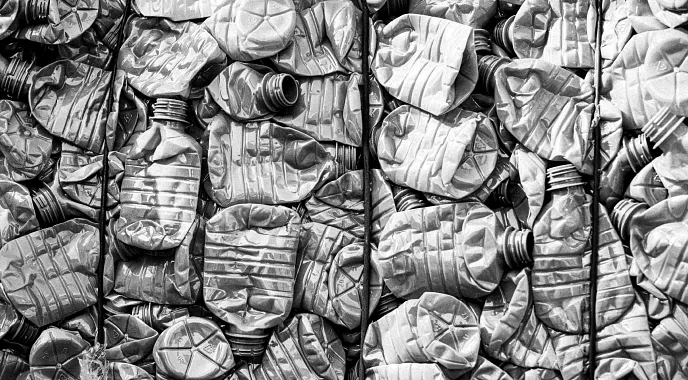.jpg)
Is DEHP Banned in the U.S.?
Toxic Di-(2-ethylhexyl) phthalate (DEHP) has been identified as a threat to public health for some time now.
CURRENT DEHP REGULATIONS
It’s already been banned or restricted in many household items and childcare products that people use or come in contact with every day, including:
• Baby bottles
• Pacifiers
• Plastic water bottles
• Meat packaging
Not only that, but the Consumer Product Safety Commission (CPSC) has restricted DEHP and seven other phthalates from children’s toys because ingestion can cause harmful health effects.1-8
The Environmental Protection Agency (EPA) limits DEHP in drinking water to six parts per billion (ppb) for safety reasons.9
A GROWING HISTORY OF CONCERN
Over the past 20+ years, many governmental agencies have grown increasingly concerned about the grave risks posed by DEHP, PVC and other harmful chemicals.
Here’s a closer look at the timeline of published statements, reports and legislation:
• 2001 – The National Institutes of Health (NIH) published a critical review of health risks posed by the use of DEHP in PVC medical devices.
• 2002 – The Agency for Toxic Substances and Disease Registry (ATSDR) released a public health statement on the risks associated with exposure to DEHP.
• 2009 – The EPA proposed adding DEHP to the “Chemicals of Concern” list under the Toxic Substances Control Act.
• 2012 – The Food and Drug Administration (FDA) shared guidance on limiting the use of certain phthalates.
• 2024 – The California State Legislature passed the California Toxic-Free Medical Devices Act, officially banning DEHP from IV bags and tubing.
A TOXIC-FREE FUTURE?
Despite the mounting concerns around the risks of toxic chemicals like DEHP and PVC, many states throughout the U.S. still allow DEHP in IV bags and IV and total parenteral nutrition (TPN) solutions.
How is that possible? It’s a question you may want to pose to your state representative.
In any event, there is hope. With the signing of the California Toxic-Free Medical Devices Act into law at the end of 2024, there’s a good chance other states will pay closer attention to what’s in their medical devices and follow suit.
With some education, awareness and action, change is possible. Hopefully soon with your help, California won’t be the only state to ban PVC with DEHP in healthcare settings.
References: 1. Bornehag CG, et al. The association between asthma and allergic symptoms in children and phthalates in house dust: a nested case-control study. Environ Health Perspect. 2004;112(14):1393-1397. 2. Engel SM, et al. Prenatal phthalate exposure is associated with childhood behavior and executive functioning. Environ Health Perspect. 2010;118(4):565-571. 3. Hauser R, Calafat AM. Phthalates and human health. Occup Environ Med. 2005;62(11):806-818. 4. Kimber I, Dearman RJ. An assessment of the ability of phthalates to influence immune and allergic responses. Toxicology. 2010;271(3):73-82. 5. Meeker, et al. House dust concentrations of organophosphate flame retardants in relation to hormone levels and semen quality parameters. Environ Health Perspect. 2010;118(3)318-323. 6. Mendiola J, et al. Shorter anogenital distance predicts poorer semen quality in young men in Rochester, New York. Environ Health Perspect. 2011;119(7):958-963. 7. Swan SH. Environmental phthalate exposure in relation to reproductive outcomes and other health endpoints in humans. Environ Res. 2008;108(2):177-184. 8. Swan SH, et al. Study for Future Families Research Team. Decrease in anogenital distance among male infants with prenatal phthalate exposure. Environ Health Perspect. 2005;113(8):1056-1061. Erratum in: Environ Health Perspect. 2005;113(9):A583. 9. Agency for Toxic Substances and Disease Registry (ATSDR). Capturing and elevating the patient voice. PUBLIC HEALTH STATEMENT Di-(2-ethylhexyl) phthalate (DEHP) CAS#: 117-81-7. September 2002. Accessed April 1, 2025. https://www.atsdr.cdc.gov/toxprofiles/tp9-c1-b.pdf